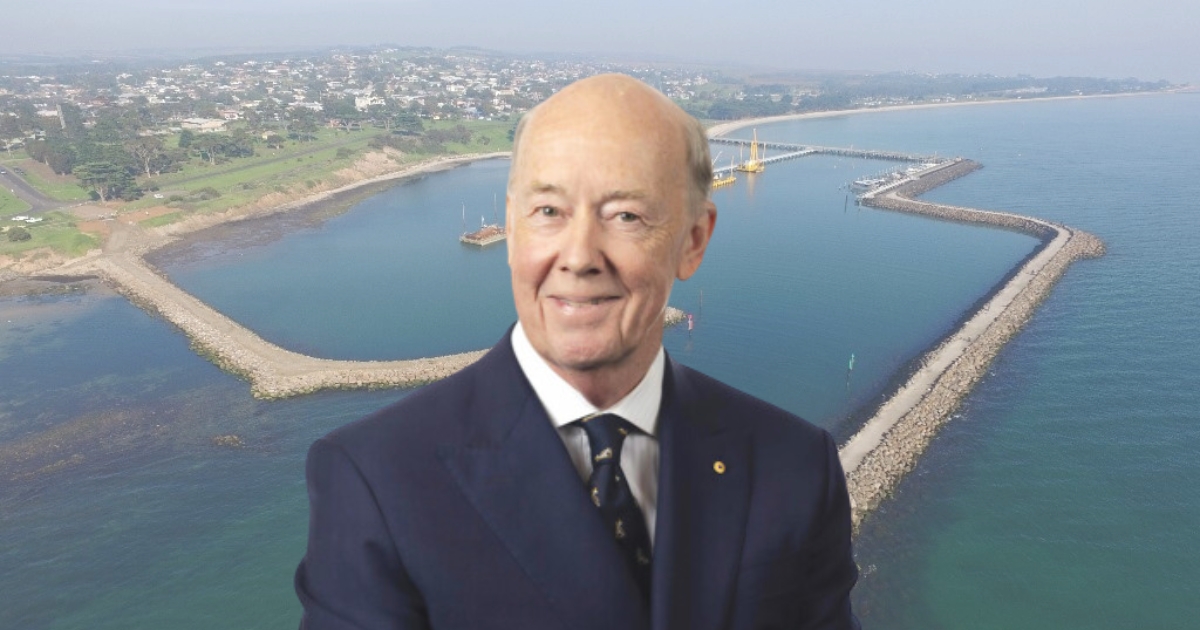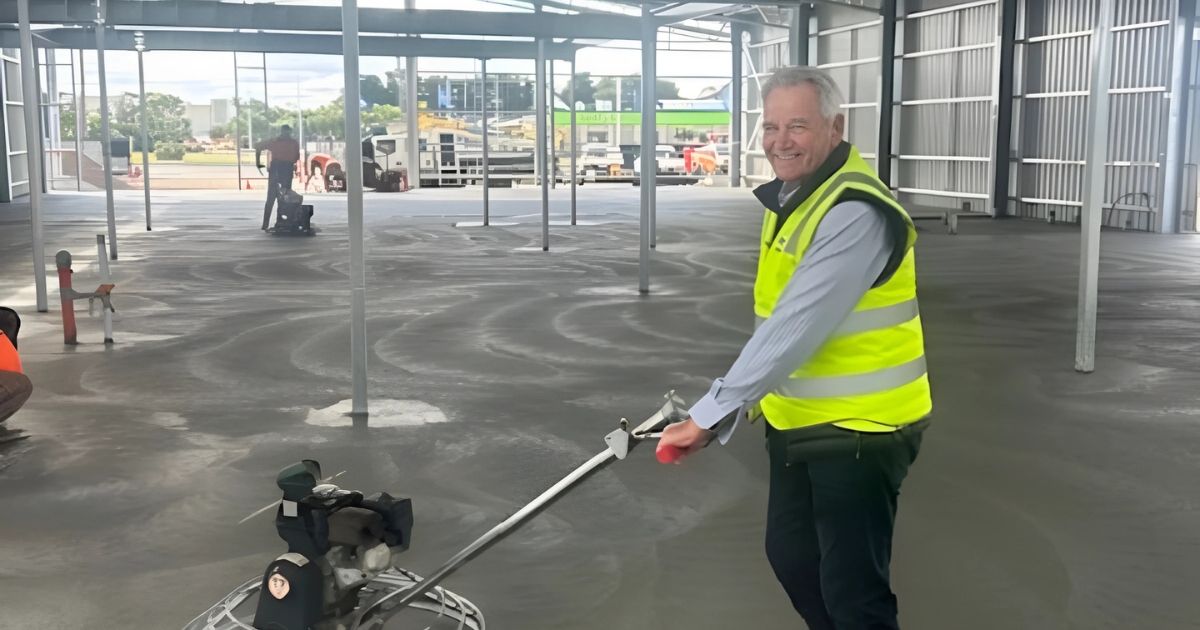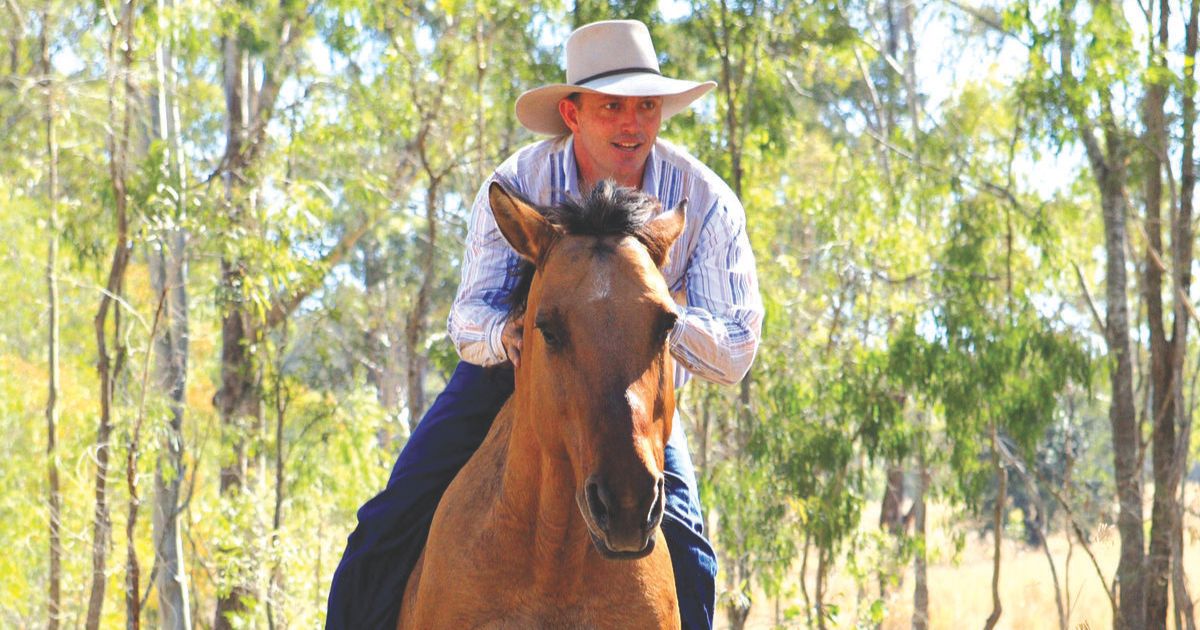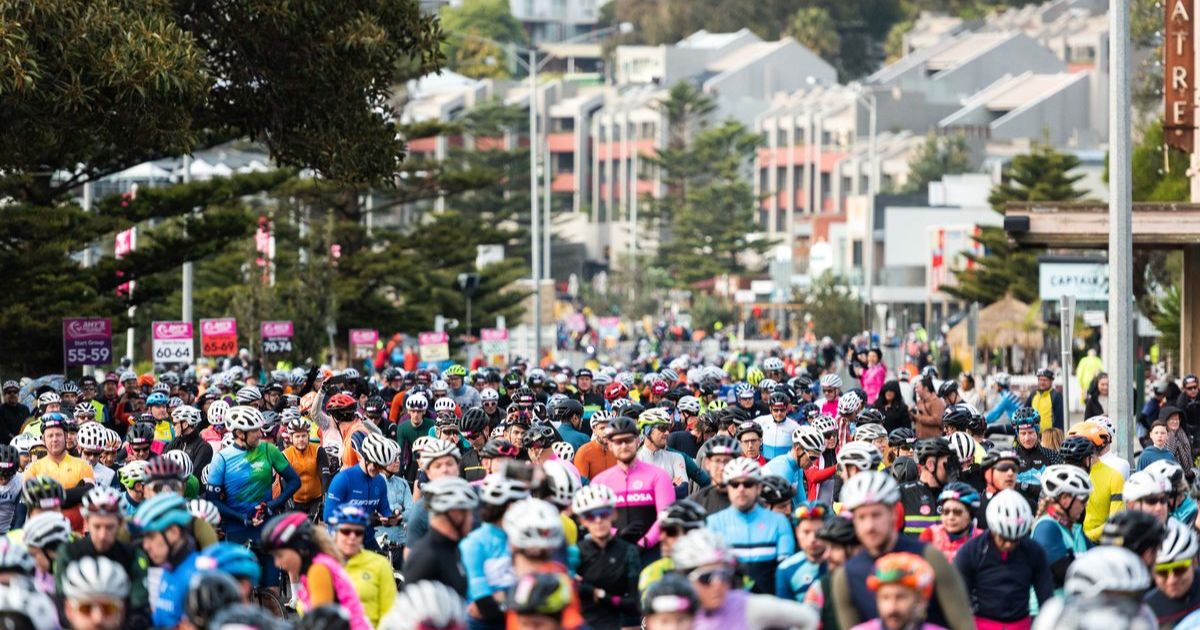Reaping the benefits of reef research
IT WAS a real privilege to offer a few opening remarks at the recent Reefs for Coastal Resilience gathering on the Bellarine.
The event brought together scientists, council officers and community volunteers, all united by a shared love of our coastline and a desire to protect it.
I was especially pleased to see Mr Ralph Roob from the City of Greater Geelong leading the discussion alongside three senior marine scientists from the University of Melbourne.
Ralph is credited with bringing these projects to fruition and is widely respected for his knowledge of coastal adaptation, and the scientists’ combined expertise made for a fascinating presentation.
Having several officers of our Planning & Growth and Parks & Natural Assets teams in the room added to the sense that the City is making real progress in understanding the many factors, including climate change, that shape our shoreline.
Mayor Di Rule from the Borough of Queenscliffe was also present and it was great to exchange ideas with Cr Isabelle Tolhurst about the challenges we share across our neighbouring coasts.
When the Dell and Ramblers Reef initiatives first began, the aims were ambitious: prevent beach erosion, stabilise foreshores, restore marine habitats and build resilience into our ecosystems.
Standing there last week, it was clear those early hopes have been more than met.
Establishing these artificial reefs are doing much more than “holding back the tide,” they are delivering co-benefits of habitat creation and restoration.
Reef fish, shellfish and other marine life are returning, habitats are regenerating, and people are reconnecting with the coast in new and meaningful ways.
What started as a protective measure has become a model of how innovative design and environmental care can work together.
The Dell Eco Reef is a wonderful example. Installed in October 2022 about 60 metres off Clifton Springs, its modules are made from eco-friendly concrete that blends recycled shells with fly ash, a by-product that replaces standard cement.
The reef reduces wave energy to protect beaches and fragile cliffs while providing ideal conditions for marine species.
More than 1,000 juvenile Angasi oysters, a critically threatened native flat oyster, have already been placed there by University of Melbourne researchers and local Coastcare volunteers.
Ongoing monitoring of the seeded oysters will assist in understanding growth and mortality rates.
Recognition has followed, with the project displayed at the prestigious Trienal de Design de Covilhã in Portugal and honoured with multiple awards including the international Dezeen Award in 2023 for Sustainable Design, an LGPro Award for Excellence (Special Projects) and a Victorian Marine and Coastal Award for Excellence in Marine and Coastal design / development in 2024.
Ramblers Reef at Portarlington tells a similar story. It showed early on how nature-based solutions can defend the coast while encouraging marine life to flourish, paving the way for the Dell Eco Reef project and others to come.
The research now under way gives us the data to show how far these benefits reach and how they might be repeated elsewhere.
For me, as a Bellarine resident, it is inspiring to see our region leading the way.
My thanks go to the engineers, designers, Traditional Custodians, community members and researchers who have made these reefs a reality.
Together we are proving that with care and creativity, our coastlines can remain strong and alive for generations.
Cr Rowan Story
Murradoc Ward,
City of Greater Geelong


















